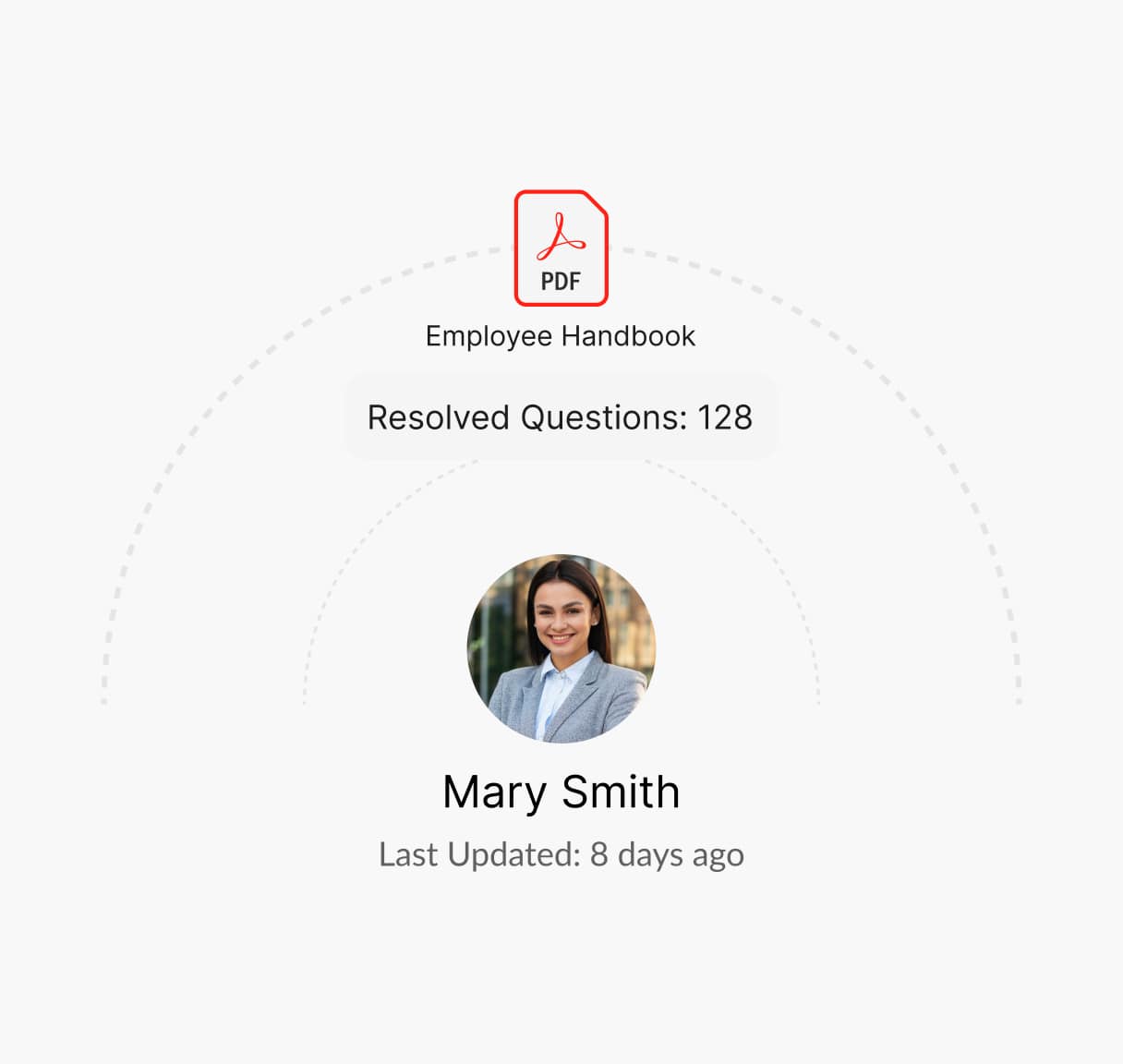Everything You Need to Know About Performance Evaluation Policy
A well-structured performance evaluation policy is a cornerstone of effective talent management. It ensures employees receive constructive feedback, understand their career trajectory, and contribute meaningfully to organizational goals. This policy benefits HR teams by standardizing evaluation processes, reducing bias, and aligning individual performance with business objectives.

What is a Performance Evaluation Policy?
A performance evaluation policy is a formal framework that outlines how organizations assess employee performance. It establishes the methods, frequency, and criteria for evaluations, providing a consistent approach to measure achievements, identify areas for improvement, and support professional development. This policy fosters transparency, accountability, and alignment between employees and organizational expectations.
Guidelines for Creating a Performance Evaluation Policy
By setting transparent guidelines, organizations can ensure that evaluations are consistent, fair, and effective. Here’s how you can build a strong performance evaluation policy:
Define Clear Objectives
Specify the purpose of evaluations, such as identifying high performers, addressing skill gaps, or aligning individual goals with organizational objective
Choose Evaluation Methods
Decide on the type of evaluations, such as 360-degree feedback, self-assessments, or manager-led reviews. Tailor methods to suit job roles and organizational culture.
Establish Frequency
Determine how often evaluations will occur (e.g., quarterly, biannually, annually) based on organizational needs and employee workflows.
Set Evaluation Criteria
Use standardized metrics such as key performance indicators (KPIs), core competencies, and behavioral attributes. Ensure the criteria are measurable and role-specific.
Enable Employee Participation
Encourage employees to set goals, complete self-assessments, and provide feedback on the evaluation process.
Document and Communicate
Clearly document the evaluation policy and communicate it to all employees, ensuring transparency and understanding.
What is Covered in a Performance Evaluation Policy?
An effective Performance Evaluation Policy should include the following
Evaluation Objectives
The purpose and expected outcomes of the performance review process, such as fostering growth, recognizing achievements, and aligning individual and organizational goals.
Roles and Responsibilities
Specific roles of HR, managers, and employees in the evaluation process, ensuring accountability and consistency.
Evaluation Cycle
Timeline and frequency of evaluations, including periodic check-ins to monitor progress and address challenges.
Assessment Metrics
Detailed criteria like productivity levels, teamwork, innovation, leadership, or adherence to KPIs. For example, a sales role might include metrics like quarterly sales targets or client acquisition rates.
Feedback Mechanisms
Procedures for delivering constructive feedback, such as structured one-on-one meetings or written summaries with actionable insights.
Performance Ratings
A standardized rating system, such as a five-point scale or descriptive categories like “exceeds expectations” or “needs improvement.”
Follow-Up Actions
Policies on performance improvement plans (PIPs), promotions, or career development initiatives to drive continuous improvement and retention.
Need help creating a Performance Evaluation Policy?
How Winslow Helps HR Teams Save Time on Responding to Performance Related Questions?
Winslow simplifies the performance evaluation process with features such as:

Instant answers anytime
Winslow ingests your performance evaluation policy and responds to employee questions instantly on platforms like Slack, Teams, or email.
Personalized Support
Winslow offers immediate, AI-powered responses to all HR queries, including those related to your Performance Evaluation Policy, ensuring clarity on assessments, feedback, and growth opportunities.


Analytics and Insights
Winslow tracks policy-related queries, helping you identify trends and areas where your policy might need improvement.
Streamline Your Performance Review Process with Winslow
A Performance Evaluation Policy ensures consistency and fairness in assessing employee performance. Winslow automates review cycles, tracks progress, and centralizes feedback, saving HR teams valuable time.
Frequently asked questions
Have further questions about Winslow, contact us at sales@usewinslow.com
What are the key components of a performance evaluation policy?
Key components include evaluation objectives, roles and responsibilities, assessment criteria, feedback mechanisms, performance ratings, and follow-up actions.
How often should performance evaluations be conducted?
The frequency depends on organizational needs but is typically quarterly, biannually, or annually. Regular check-ins between formal reviews are also recommended.
What are 4 components in a performance review?
- Goals and Achievements: Review how well employees met their goals and contributed to organizational success.
- Skills and Competencies: Assess key skills, core competencies, and areas for development.
- Behavioral Attributes: Evaluate teamwork, leadership, adaptability, and adherence to organizational values.
- Future Objectives: Set new performance goals and action plans for continuous improvement and growth.
Additional resources
Device Usage Policy
Managing employee leave effectively is vital for maintaining workforce productivity and compliance....
Learn moreconfidentiality policy
Protecting sensitive information is crucial. A clear Confidentiality Policy outlines guidelines for...
Learn moreclaim reimbursement
Ensuring fair compensation for expenses is key. A clear Claim Reimbursement Policy...
Learn more




